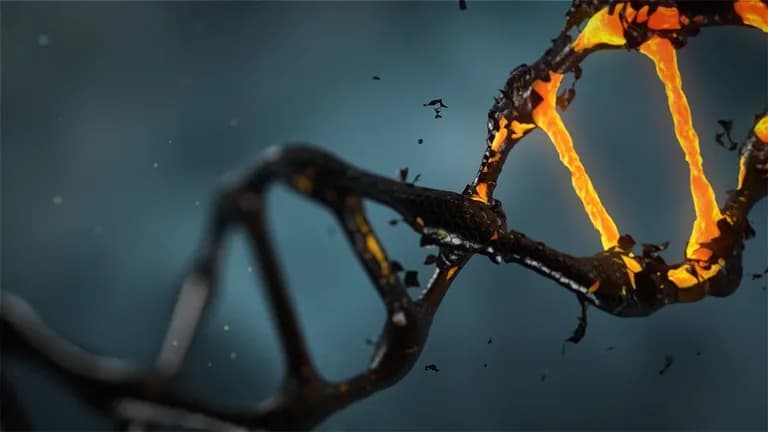When DNA inside the nucleus of a human cell is damaged, a specific network of microtubule filaments forms in the cytoplasm around the nucleus and pushes on the nuclearIn 2015, Mekhail and collaborators showed how motor proteins deep inside the nucleus of yeast cells transport double-strand breaks to "DNA hospital-like" protein complexes embedded in the nuclear envelope at the edge of the nucleus. Consequently, the repair-promoting protein complexes push the envelope deep into the nucleus, creating bridges to the DNA breaks. Enzymes called DNA damage response kinases and tubulin acetyltransferase are the master regulators of the process, and promote the formation of the tubules. The study underscores the importance of cross-disciplinary collaboration, Mekhail says. Mutations in this gene reduce the rigidity of the nuclear envelope. "We have excellent colleagues and incredible trainees here at Temerty Medicine and in our partner hospitals. We're already working toward following this discovery and using our work to create novel therapeutics.
